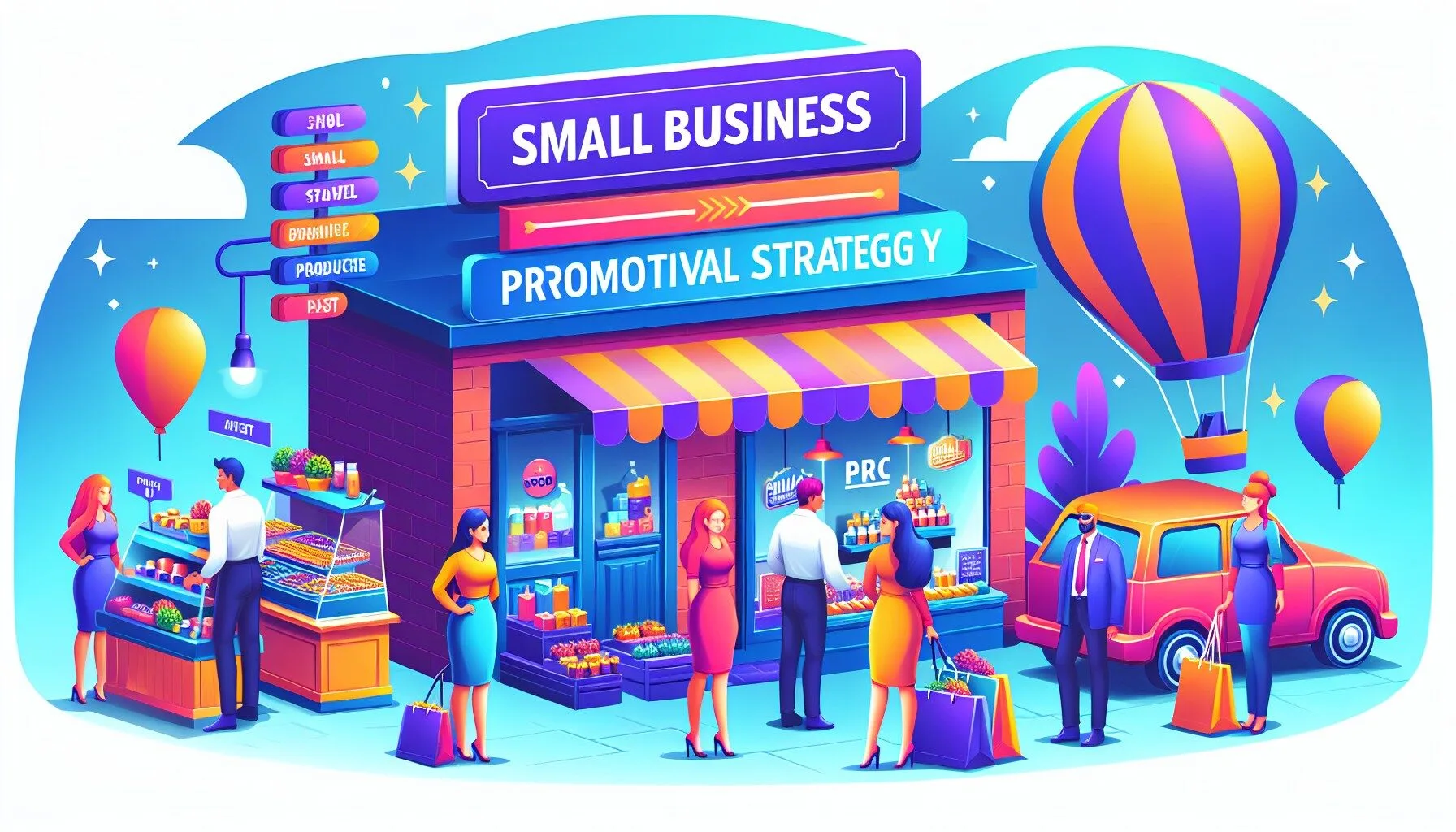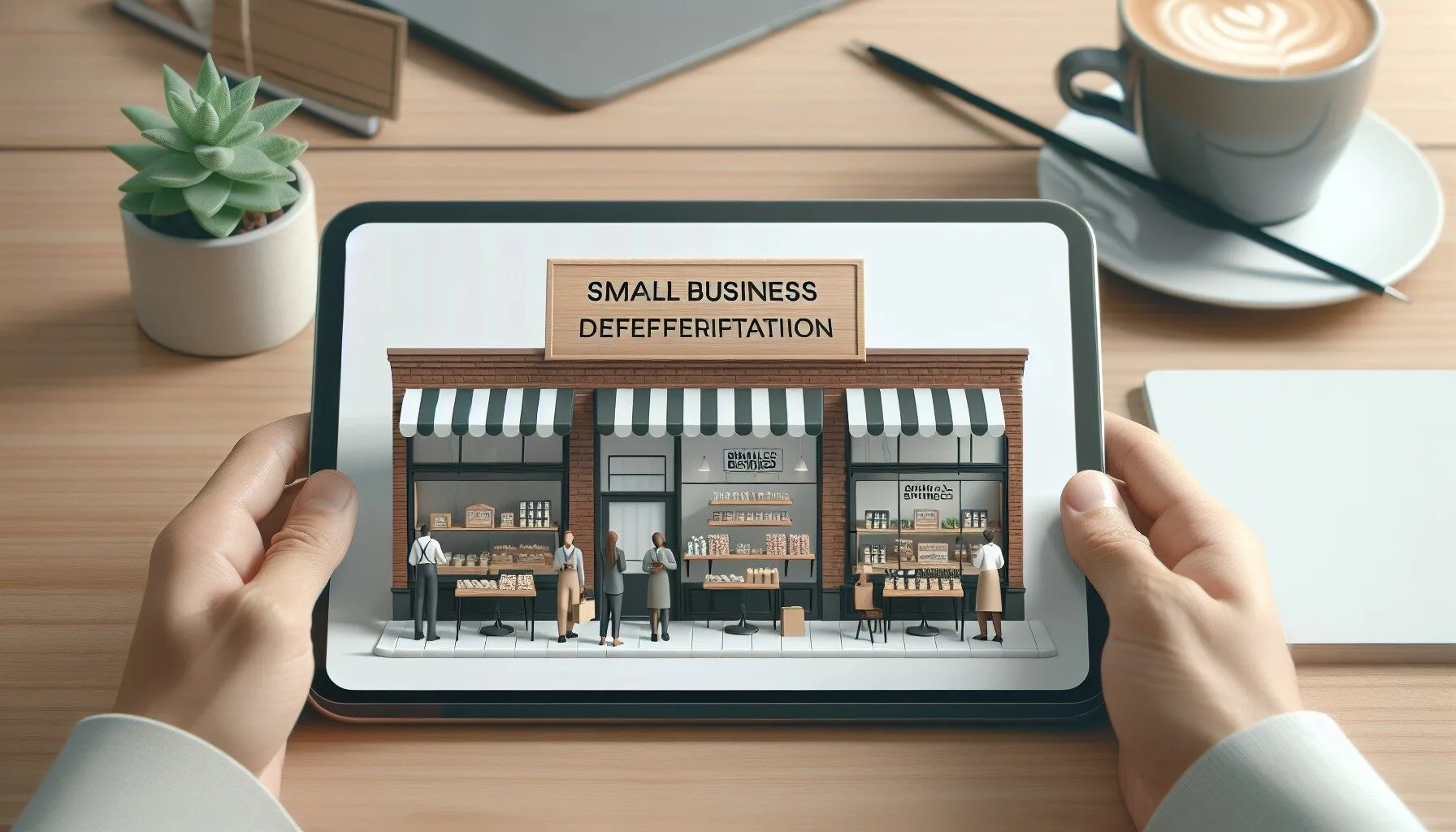Building a small business product strategy can feel overwhelming, especially when every new idea seems urgent. Yet having a clear plan can help you stand out from the crowd and boost your bottom line. Ready to chart a path that puts your product in the spotlight? Let’s explore key steps to get it done without losing sleep or breaking the bank.
Clarify your product vision
A strong product vision keeps you focused on what truly matters. Think about Netflix’s approach: they set a clear mission, “becoming the best global entertainment distribution service,” and tailor each product to support that vision. When you define your own product vision, you steer decisions about features, marketing, and long-term goals.
Your product’s role in the big picture
- Ask yourself: “Why does this product exist?” and “What unique value does it offer?”
- Summarize answers into a short, memorable statement you can revisit.
- Build your strategy around what you do best, rather than trying to be everything to everyone.
Identify your target market
If you try to appeal to everybody, you risk resonating with nobody. Instead, pick a specific group of customers most likely to buy from you. According to research, defining a target market makes your marketing more cost-efficient because you won’t waste resources pitching to uninterested audiences.
Understand your buyers’ wants and needs
- Identify your customers’ biggest problems or desires, and position your product as the fix.
- Gather market feedback through surveys, social media polls, or customer interviews.
- Explore free resources like the U.S. Small Business Administration if you’re on a tight budget.
Pinpoint your niche
- Dividing your audience into smaller segments can help you speak directly to each group’s motivations.
- Niche markets can be operational (a unique product) or customer-focused (a tailored message).
- If you want more insight on targeting, take a look at how a small business target market strategy can refine your approach.
Choose a pricing approach
Roughly 40% of small business owners say pricing trips them up, while 80% of shoppers consider price the top factor when buying. Fortunately, you’re not stuck with just one way to set prices. Your choice depends on your market position, brand, and business goals.
Common pricing strategies
- High price, low turnover
Ideal if you offer exclusivity or high-end quality. You sell fewer units but make more profit per sale (think Tesla). - Low price, high turnover
Works if you can move products quickly and aim to attract large numbers of customers (like Amazon). - Balanced approach
Falls between high and low. You keep prices moderate to appeal to a broad audience (Target’s method).
You can also explore cost-plus pricing, value-based pricing, or a penetration strategy. If you’re curious how pricing ties into your bigger plan, check out small business pricing strategy.
Use product analytics
Data is your friend as soon as you gain your first user. Harnessing analytics puts real numbers behind your hunches, making it easier to make decisive changes that move the needle. Studies show that data-driven organizations are far more likely to acquire and retain customers.
Start from day one
- Set measurable goals, like a daily or monthly usage target, before launch.
- Track what users click, how long they stay, and where they drop off. Then optimize.
Measure success metrics
- Look at customer acquisition costs, churn rate, and average revenue per user.
- Create dashboards, or use free tools like Google Analytics to watch for emerging trends.
- Even if your budget is tight, gather the basics so you can adjust your strategy quickly.
Differentiate your brand
Brand differentiation covers the entire customer experience, while product differentiation focuses on a single product. Want to grab attention in a crowded market? Leveraging both is a good idea. A study by PwC revealed consumers are willing to spend 16% more for a better customer service experience, showing that value goes beyond the product itself.
Let your USP stand out
- Your unique selling proposition (USP) should be a clear promise.
- Make that promise something your competitors don’t, or can’t, match.
Focus on experiences
- Offer fast, friendly service that inspires repeat business.
- Consider loyalty perks, contests, or personalized touches that show you care.
- If branding is your focus, see how small business differentiation strategy can strengthen your edge.
Keep refining your strategy
Change happens fast, and you don’t want your plan to be stale. Amazon famously worked on strategies two to three years ahead, prioritizing long-term results over short-term gains. Stay open to learning from your market so you can pivot as needed.
Stay flexible
- Regularly consult your initial product vision to see if it still fits your evolving goals.
- Keep tabs on trends, competitor insights, and customer feedback for clues on when to pivot.
Seek ongoing market feedback
- Check in with your customers after each purchase with a short survey.
- Run small experiments, like testing a new feature or promotional deal, before rolling it out globally.
- Remember, your ability to course-correct quickly can be a major competitive advantage.
Recap your next steps
Creating a solid plan isn’t rocket science, but it does take thought and intention. Clarify your product vision, know who you’re selling to, set a smart price, leverage your data, and keep fine-tuning to stay ahead. If you want to learn more about optimizing your business for consistent revenue growth, consider scheduling a free Marketing Strategy Review. You’ll spot profit leaks, uncover new revenue opportunities, and align your growth targets with your product vision.
You don’t have to go it alone. With the right strategy, your product can make a real impact, helping you serve your customers better and strengthen your bottom line. Give these steps a try, and watch your small business thrive one smart move at a time.




